The Ripple Effect
-News and Commentary-
The Civic Blackout: What Happens When Whole Communities Stop Voting
- Home
- News and Commentary
- The Civic Blackout: What Happens When Whole Communities Stop Voting

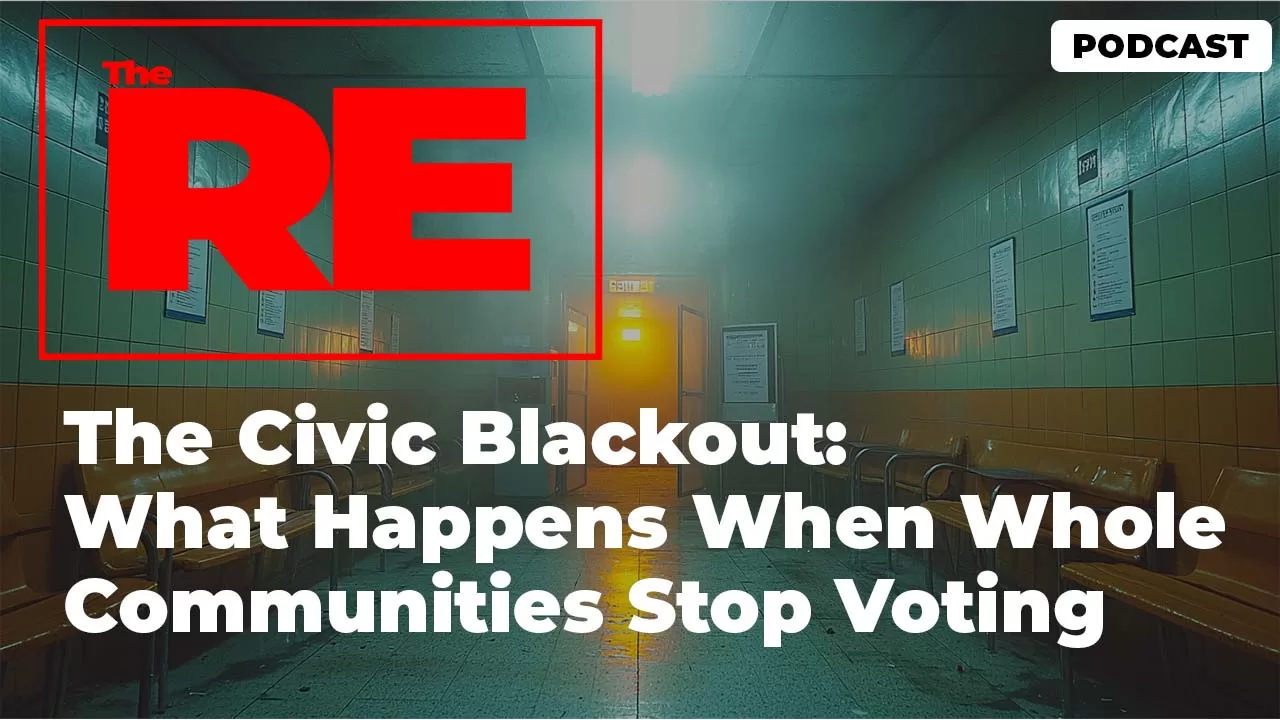
This is not breaking news. We don't report the news. We Unpack it. Explain it. And analyze what it means.
Click this button to add us to your home screen.
They call it voter apathy. They say people don’t care. They say, “If you don’t vote, you can’t complain.” They say it like it’s a choice. But what they don’t say—what they never say—is that some of the most disengaged communities in America didn’t give up on voting. Voting gave up on them.
When we talk about low voter turnout, we treat it like a personal failure. We blame laziness, ignorance, or disinterest. We ask, “Why don’t people care anymore?” But that question assumes everyone had the same experience with democracy to begin with. That assumption is a lie.
The truth is, civic participation has been strategically broken in certain communities. Black, brown, poor, rural, immigrant, transient, young, disabled. Not by accident. By design. The blackout we see on election day doesn’t come from nowhere. It’s the end result of years of erosion. Years of disconnection. Years of subtle and not-so-subtle suppression.
Before we go any further, let’s say it clearly. Not voting doesn’t mean people are stupid. It means they’re tired. It means they’ve been ignored. It means they’ve been trained not to expect change. And in some cases, it means they’ve been actively blocked.
Let’s start with the most visible layer: the rules. Over the past fifteen years, nearly every major election cycle has brought new laws. Stricter voter ID requirements, reduced polling locations, purged voter rolls, shorter early voting windows, and restrictions on mail-in ballots. These laws are usually framed as “election integrity,” but the result is clear. Fewer people vote, and the drop-offs almost always hit working-class and minority neighborhoods the hardest.
In Georgia, entire precincts in Black communities were eliminated after the 2013 gutting of the Voting Rights Act. In Texas, polling places near universities and Latino neighborhoods were shut down, forcing people to drive miles or wait in line for hours. In North Carolina, state legislators were caught using voter data to craft restrictions that targeted Black voters with surgical precision. And in Florida, returning citizens with felony convictions—mostly Black men—had their rights dangled in front of them, then snatched back with fees, bureaucracy, and confusion.
That’s not apathy. That’s policy.
But it doesn’t stop there. There’s also psychological suppression. A quieter, slower decay that happens over time. It starts when people vote and nothing changes. When elected officials promise reform but deliver silence. When communities are asked to “turn out” but never given the power to turn anything around. When you march, petition, organize, and get told “now’s not the time.” When you grow up watching your parents vote and still struggle. When the system looks at your ZIP code and assumes you don’t matter unless it’s a battleground year.
It creates a message, even if no one says it out loud. This isn’t for you.
And after a while, that message sticks. It becomes generational. Cultural. Inherited. Civic blackout isn’t just people not showing up. It’s entire communities being taught, over and over, that democracy is a show they’re not invited to.
Here’s the twist. The system works just fine with that. Because low turnout isn’t a failure—it’s a feature. When fewer people vote, elections become easier to control. The people who still show up are often older, wealthier, whiter, and more ideologically locked in. That’s who policies start serving. That’s who gets heard. That’s who gets catered to in debates, in budgets, in legislation.
Everyone else? They’re not ignored. They’re written off.
So what we’re seeing in 2025 isn’t just a civic crisis. It’s a form of managed decline. An intentional shrinking of democracy. And the silence it creates—that’s valuable. That’s power. Because as long as certain voices stay quiet, the people in charge never have to change. They never have to listen. They never have to worry. They just get to keep doing what they’ve always done. Unchecked.
But here’s the thing about silence. It doesn’t always mean agreement. Sometimes silence is survival. Sometimes silence is exhaustion. And sometimes silence is waiting—for the right moment, the right candidate, the right strategy—to speak again.
Because the truth is, disengaged doesn’t mean defeated. And just because a community isn’t voting now doesn’t mean they won’t find a new way to fight later. But make no mistake—the blackout is real. And it didn’t just happen. It was built.
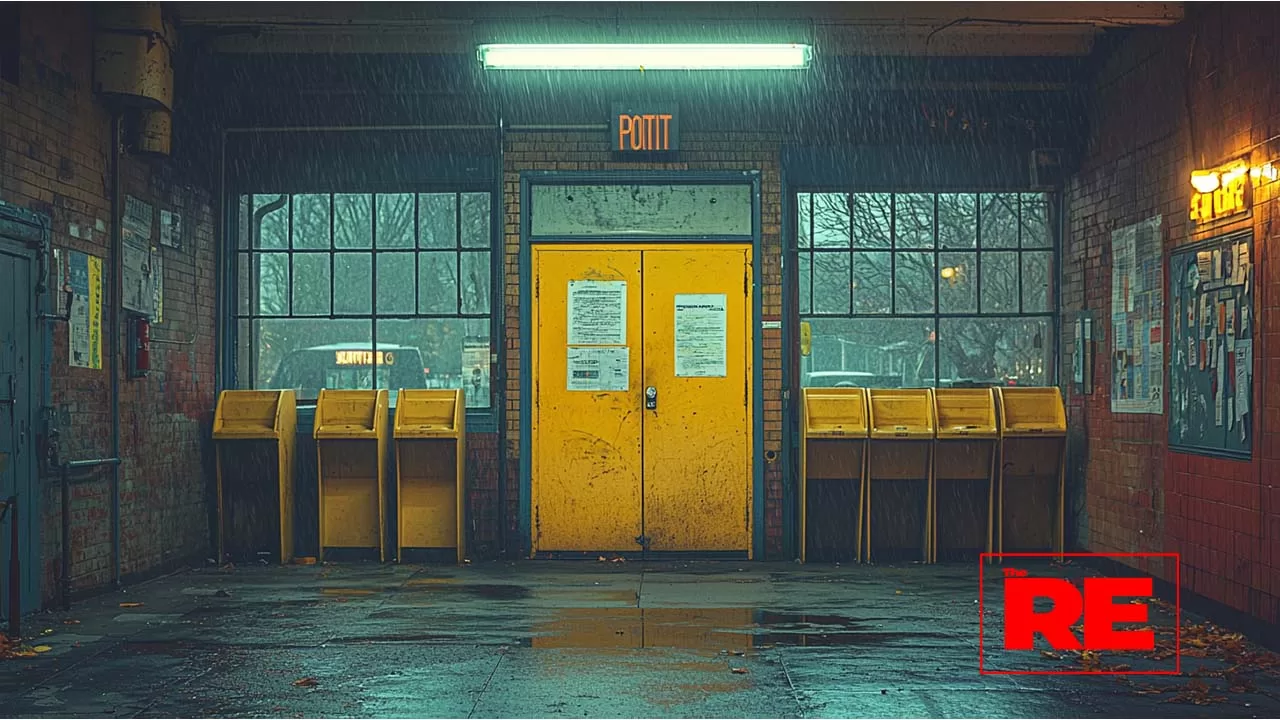
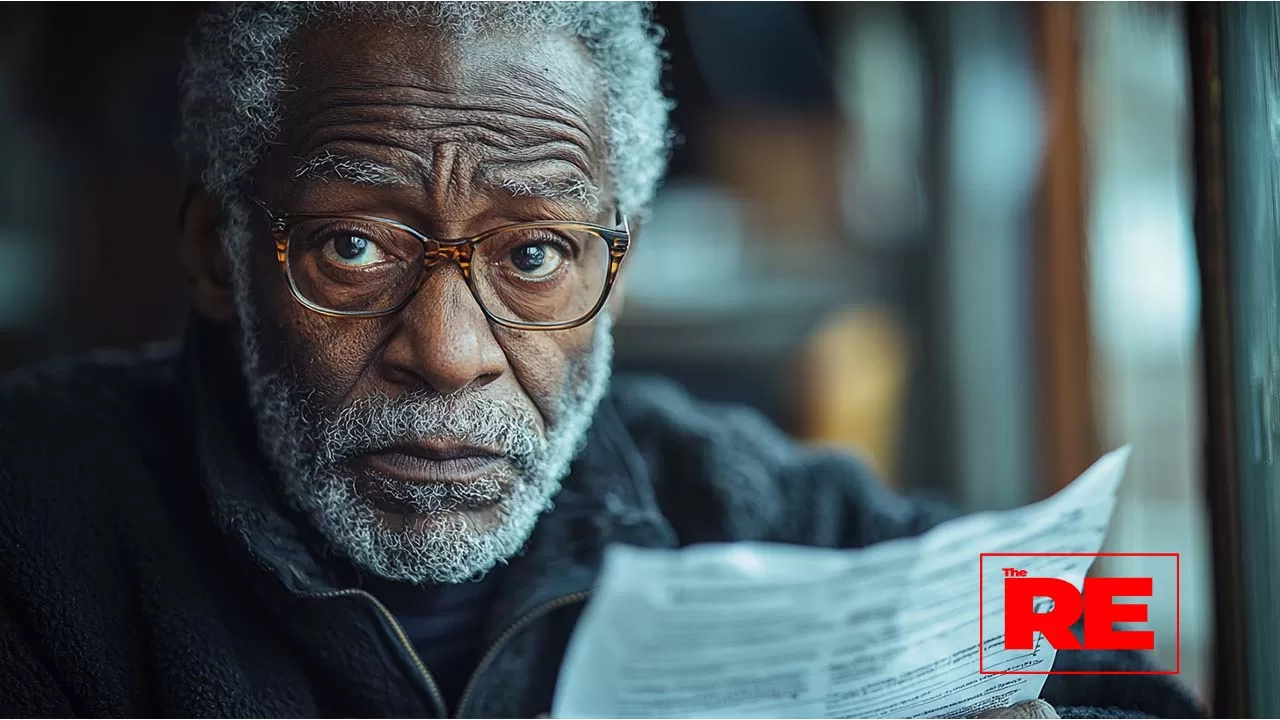
Let’s talk about winners and losers. Because for all the moral noise we hear every election season—about the sanctity of voting, the power of democracy, the civic duty of the individual—there are very real forces who benefit when people don’t show up. In fact, for certain groups, low voter turnout isn’t a crisis. It’s the plan. Start with the most obvious beneficiary: political incumbents. If you’re already in office, the safest path to reelection isn’t inspiring new voters, it’s shrinking the pool. When fewer people vote, turnout skews toward the most reliable blocks: older voters, wealthy voters, homeowners, and party loyalists. These are folks who almost always vote, and they’re overwhelmingly the target of political strategy. That’s why you’ll see entire campaigns built around “mobilizing the base,” while quietly letting swing voters and younger voters fall off the radar. Because if you can win with less noise, less challenge, and less unpredictability, why wouldn’t you? The fewer people involved, the easier it is to maintain control. That’s not apathy. That’s arithmetic.
But it’s not just about keeping the same politicians in place. The donor class benefits, too. When turnout is low, it’s easier for large contributors to have an outsized influence on policy. A few thousand dollars in a low-turnout district means more when only a few thousand people vote. And when policies favor those donors—tax breaks, deregulation, corporate subsidies—those communities that didn’t vote are the ones who bear the brunt of it. They get budget cuts, neglected infrastructure, underfunded schools, and ignored crises. Look at local elections, where the turnout can be depressingly low—sometimes in the single digits. That’s where school board members, judges, prosecutors, and sheriffs get chosen. These are the people who shape everything from classroom curriculum to criminal sentencing, and yet their elections are often decided by a fraction of the population. That’s not by mistake. It’s easier to install a friendly prosecutor when only twelve percent of the city is voting. It’s easier to pass harmful ballot measures under the radar when the electorate is small, quiet, and demoralized.
And who loses when that happens? Communities of color. Renters. Young people. Immigrants. People with disabilities. People working multiple jobs. People without child care. People who can’t take two hours off to wait in line at a polling station across town. That leads us to voter suppression 2.0—the version that doesn’t look like poll taxes or literacy tests but works just as effectively. We’re talking about gerrymandering, polling place closures, restrictive ID laws, misinformation, and disinformation, all of which disproportionately impact marginalized voters. Take gerrymandering, for example. Redistricting is supposed to ensure fair representation as populations change, but in reality, it’s become a tool for engineering outcomes. Boundaries are drawn not to reflect communities but to fracture them, splitting up neighborhoods of color, diluting their collective power, and ensuring that even if they do turn out, their votes don’t carry weight.
Then you have voter roll purges, where states like Georgia and Ohio have aggressively removed people from the rolls for reasons ranging from not voting in recent elections to supposed duplicate records. In 2019, over 300,000 voters were purged in Georgia alone. Many found out only when they showed up to vote. On top of that, there’s misinformation, often targeted by race and language. In 2020, Spanish-speaking voters were flooded with false information about voting dates and mail-in ballot security. Black voters received robocalls falsely warning that voting could lead to arrest or debt collection. And while the platforms behind those calls claimed ignorance, the damage was done—confusion, fear, and silence. Then you have legal intimidation. In some states, police presence is deliberately increased at polling places in Black and immigrant neighborhoods. Armed poll watchers show up under the guise of security. Laws are passed making it illegal to hand out water or snacks to people waiting in line—people who are often in line for hours because their polling place was one of the ones that got shut down.
All of this builds a system where silence becomes self-fulfilling. The more people disengage, the less power they have. The less power they have, the easier it is to ignore them. The easier they are to ignore, the less incentive there is to change the system. It becomes a loop. A blackout loop. But here’s where it gets especially twisted: when these communities don’t vote, the narrative immediately flips. Suddenly, it’s not about policy failure. It’s about personal failure. “They didn’t care.” “They didn’t show up.” “They must be content.” But that’s a lie told by those who benefit from the silence. The truth is that many of these communities have been organizing, protesting, and showing up in every other way except voting, because voting is the one part of the system that’s been booby-trapped against them. They’ve turned to mutual aid, to direct action, to community forums and grassroots organizing—not because they don’t believe in democracy, but because they know democracy doesn’t believe in them.
So when we ask why people don’t vote, we have to stop pretending it’s about laziness or indifference. We have to start asking who profits when they stay home. Because those answers are everywhere—on campaign finance records, in legislative maps, in court rulings, and in voter ID databases. And here’s what really terrifies the system: when the silence breaks. When even a small portion of the disengaged show up together, everything shifts. Elections flip. Narratives crack. Power gets nervous. Because when the people who were written off decide they’ve had enough, no amount of redistricting or disinformation can put that energy back in the bottle. The blackout only works when no one’s paying attention. But people are paying attention now. The next question is: what happens if they start acting on it?
This is not breaking news. We don't report the news. We Unpack it. Explain it. And analyze what it means.
Click this button to add us to your home screen.
There’s something sobering about silence. Not the peaceful kind—the kind that feels heavy. The kind that fills rooms with the absence of something that should be there. That’s what it feels like to walk through communities that don’t vote anymore. Not because they can’t, but because the system has taught them it doesn’t matter. And you start to notice it. Not just on election day, but in everything else. In the potholes that don’t get filled. In the schools with outdated books and missing counselors. In the hospitals that closed two years ago and never came back. In the lack of sidewalks, the police patrols, the liquor stores on every corner, the Wi-Fi that cuts out if you’re not in the right zip code. This isn’t random. It’s what happens when you’re outside the civic equation. When you become a line item in a politician’s strategy—not someone to serve, but someone to manage, ignore, or pacify.
But here’s the thing nobody ever tells you: people aren’t stupid. They know this. They’ve known it. They’ve felt the pattern. That’s why so many don’t vote. Because they’ve seen what happens after the ballots are counted. Because they’ve seen promises evaporate. Because they’ve watched politicians shake hands in October and disappear by December. Because they’ve been told, directly and indirectly, that democracy is a service they’re not eligible for.
But silence doesn’t mean surrender. Because even in the blackout, there are sparks. You see them in community-led voting drives with no national backing, just folding tables and volunteers. You see them in barbershops and church basements, where people aren’t just talking about candidates, they’re talking about power. You see them in the push for language access, transportation help, childcare at polling stations—not as charity, but as survival infrastructure. You see them in the elders who walk people to the polls in wheelchairs and the teens who register voters at skate parks. You see them in the refusal to let cynicism win.
And still, the question lingers—what’s the point? If the game is rigged, if the outcomes are predetermined, if the money always wins, why bother voting at all? That’s the hardest question. And it deserves a real answer. Not a slogan. Not “your voice matters.” Not “people died for this.” A real answer.
Here it is: because every system that wants to exploit you depends on your silence. Voting won’t fix everything. But it’s not meant to. It’s not the whole fight—it’s one piece of it. It’s the signal that you’re watching. That you’re participating. That you’re refusing to be erased. And maybe, just maybe, it’s the leverage you need to push everything else. Because when people start voting again—when the so-called disengaged show up—they don’t just vote for candidates. They vote for themselves. They vote for their neighborhoods. They vote for better schools, better roads, better access. They vote for clean water, safe parks, jobs that don’t kill you, and clinics that don’t close at five. They vote because someone finally made it feel worth it.
And that’s the real work—not convincing people to vote, but making the vote worth it again. That means holding officials accountable after the election. It means investing in civic education that doesn’t feel like a lecture. It means making space for real community leadership—not just hand-picked spokespeople who play nice on TV. It means disrupting the idea that politics only belongs to the polished and the powerful.
And maybe most importantly, it means telling the truth. That this system has failed many people—repeatedly, violently, and intentionally. That trust isn’t owed, it’s earned. And that when people stop showing up, the question shouldn’t be “What’s wrong with them?” It should be: “What did we do to lose them?”
Because here’s the twist. Even when people aren’t voting, they’re watching. They’re paying attention. They’re clocking who shows up. They’re keeping receipts. And when the moment feels real—when something breaks through the cynicism—they move. We’ve seen it before. In Ferguson. In Georgia. In Wisconsin. In Arizona. Communities written off as disengaged flipped entire states. They didn’t do it because of hope. They did it because of necessity. Because silence was killing them faster than the risk of trying again.
So yes, the civic blackout is real. But blackouts don’t last forever. Eventually, the lights come back on. And when they do, you’ll see everything that was happening in the dark—quiet, relentless, powerful. Because the people who were supposed to give up? They’re not done yet.
This is not breaking news. We don't report the news. We Unpack it. Explain it. And analyze what it means.
Click this button to add us to your home screen.

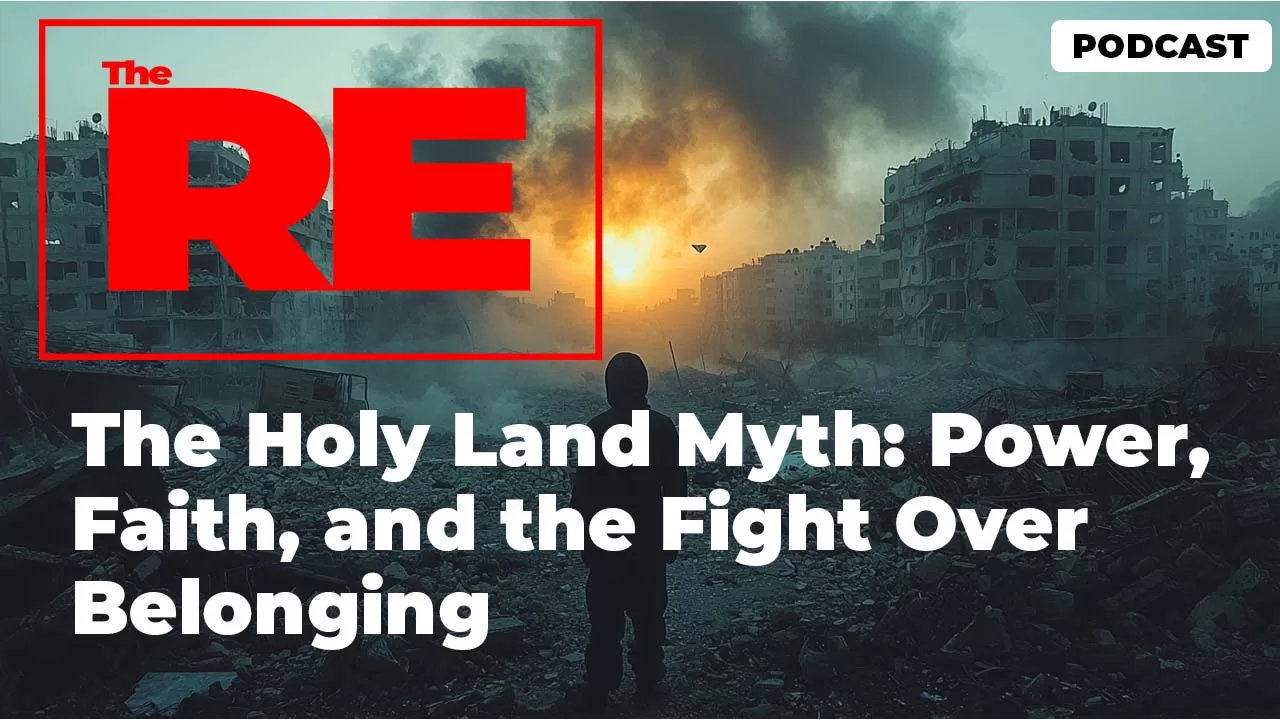
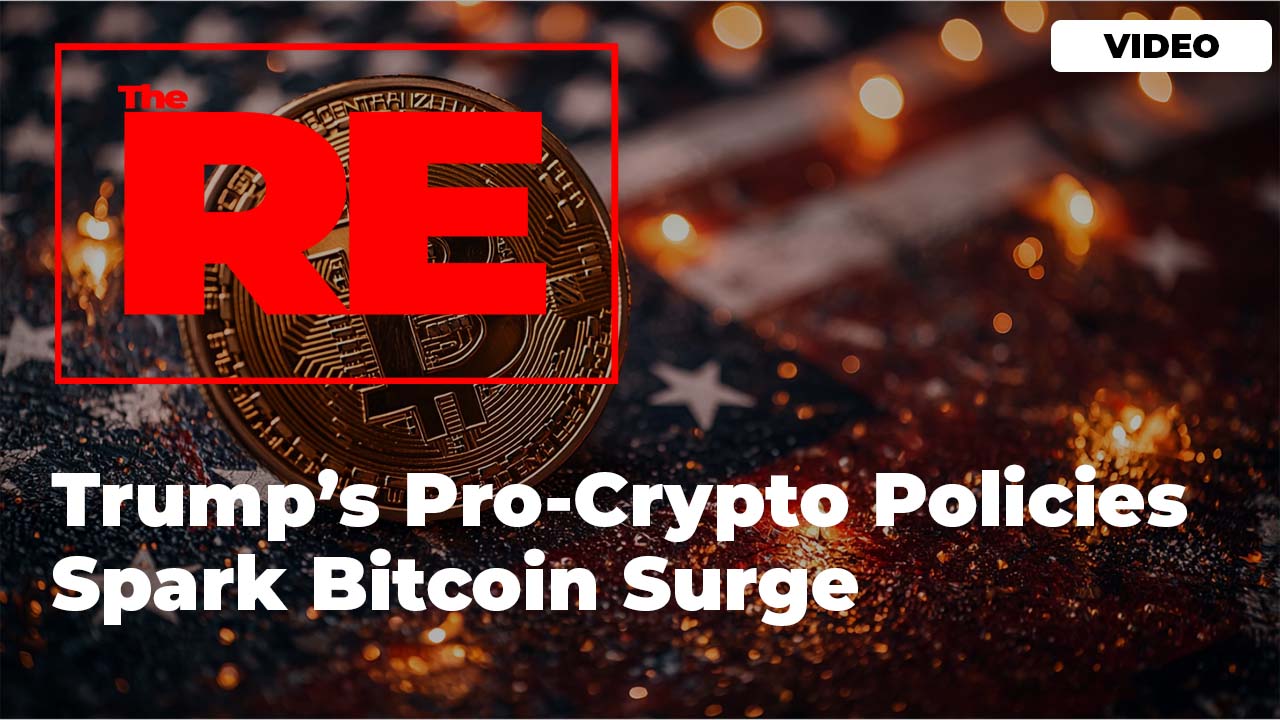
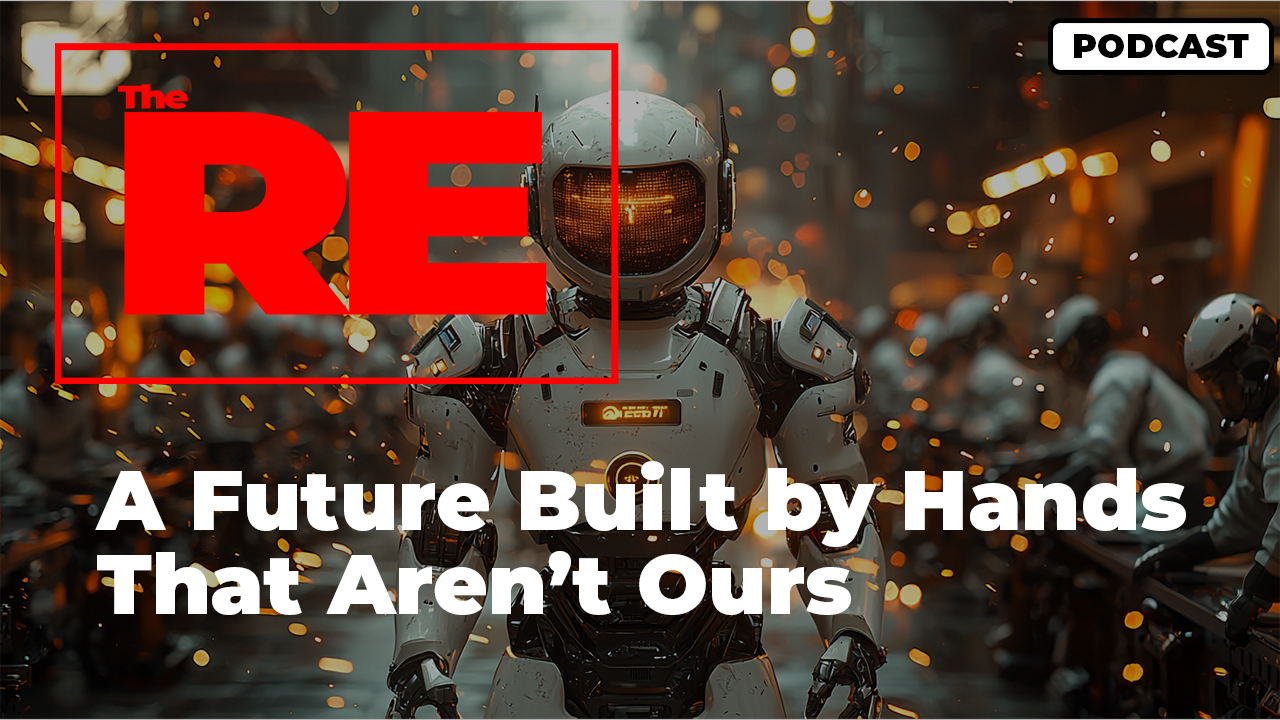

 and then
and then